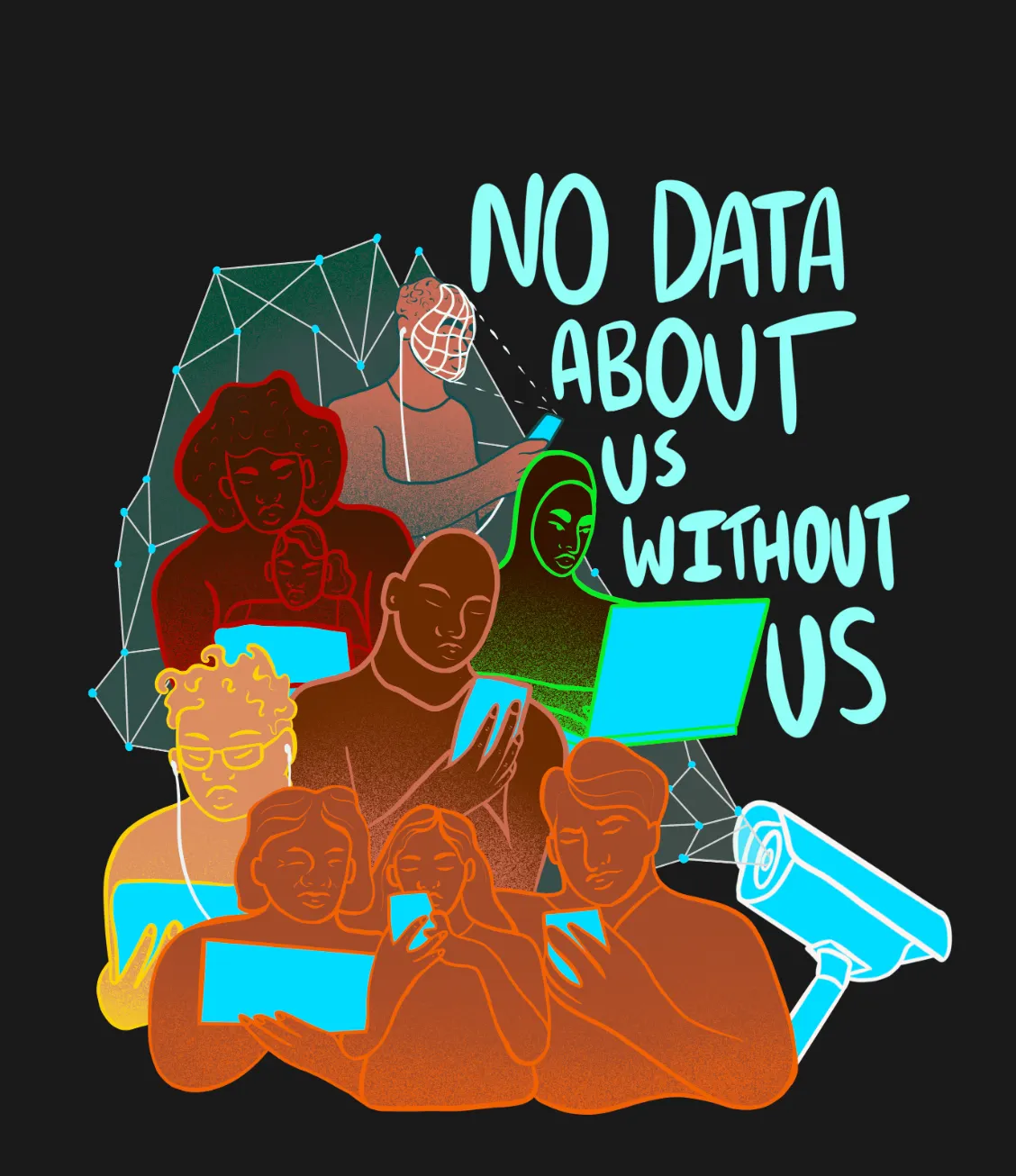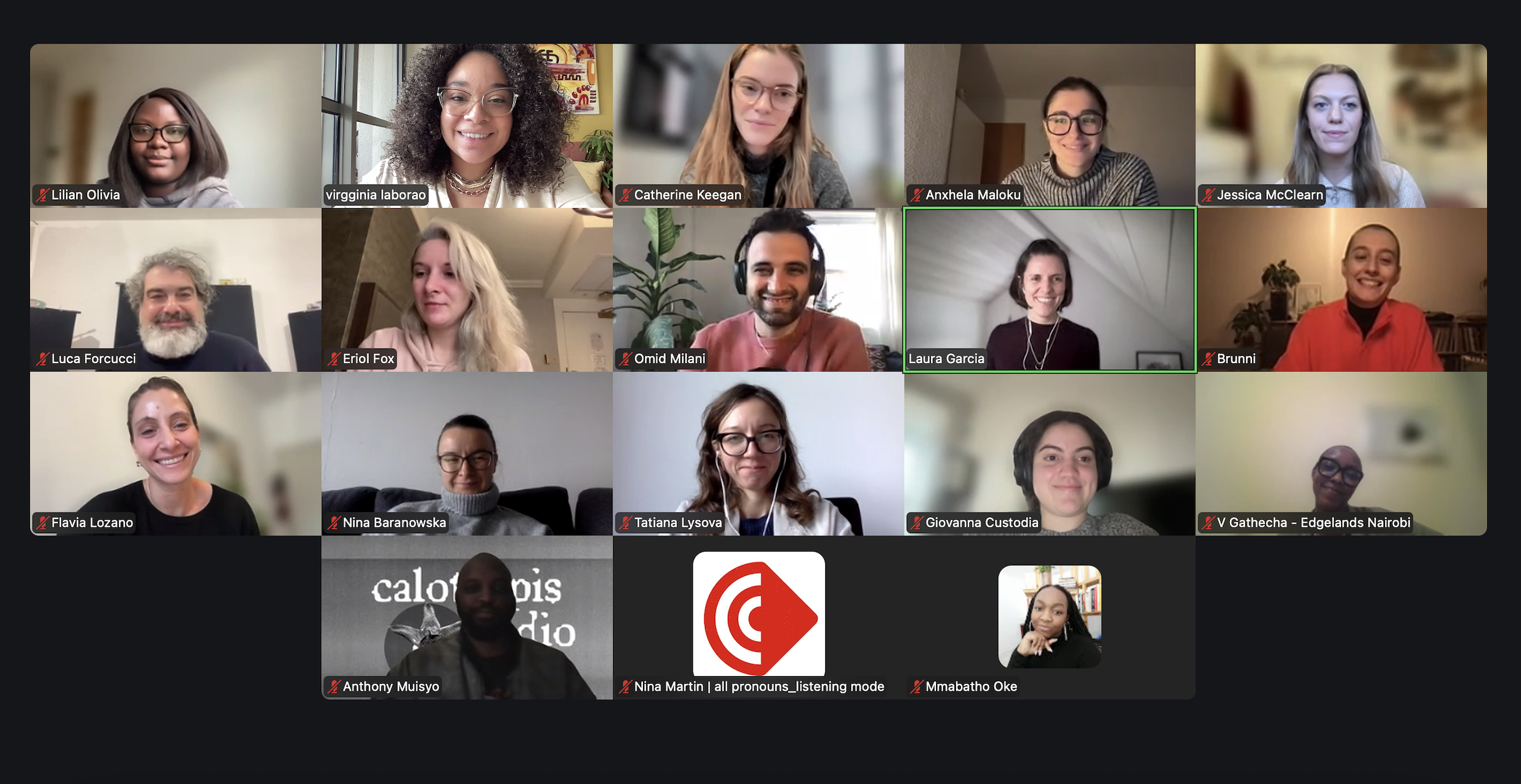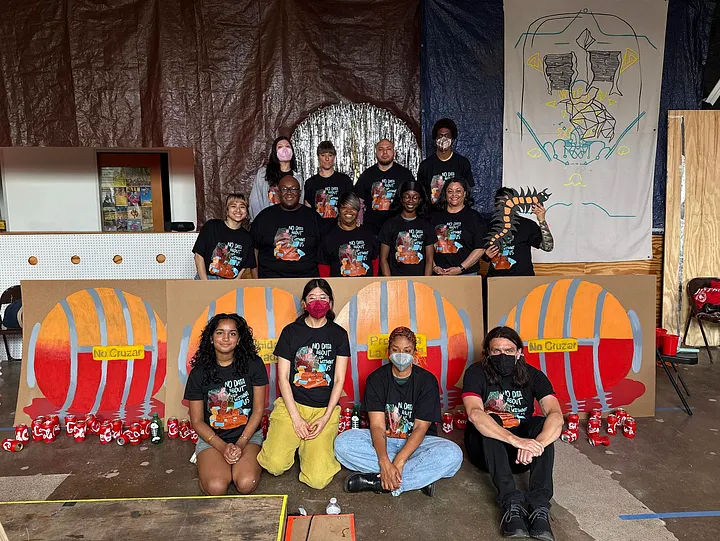Embodied ways of knowing: using artful interventions to support social justice in smart cities
The piece deals with the analysis of a choreography based on the embodied reactions people have to the idea of increased digital surveillance in their cities.

Photo: Big Dodzy for UNSPLASH
Our most basic thoughts about security involve the body. For millennia, humans have used their bodies to create artifacts to wear, spaces to inhabit, and practices for interacting in order to protect the physical dimensions of the self. Today, we use our hands to write code and our eyes to watch screens while our physical features and postures are processed as data. Many of us even surveil our own bodies, transforming our internal patterns into information that we can evaluate through the devices that we wear and carry. Despite the constant presence of the body, the concept of the body seems largely absent from discussions about digitized security in urban settings. What if issues of embodiment were brought into the foreground as smart cities were (re)designed?
Conventional wisdom and scholarly work both tell us that the body is the base of all human experience (See Sergeeva et al, 2020; Sandberg & Tsoukas, 2020; Cunliffe & Copeland, 2012). Security (or its lack) is enacted and viscerally processed through what some have called embodied sensemaking, a means by which the body processes the meaning(s) of social encounters. Difficult to explain as either physiological or psychological, embodied actions are dynamic, relational practices that give shape to and are shaped by context.
Recognizing that the body is involved in digitized security on multiple levels (e.g., the body as data, the body as interpreter of data, the body as designer of data collection and policy creation, etc.), I have been drawn to the gestures and postures of ordinary people around the world as they consider the intersections of social justice and surveillance. People have been asked to physically convey their hopes, fears, or other prominent ideas about this topic. Photographs of their poses are anonymized, and these poses form the steps of a post-modern dance. However, the dance is not only meant to be watched; the dance, in conjunction, with a discussion guide, is intended to support public dialogue as well as professional training.
Embodied arts-based interventions stimulate insights based on sensory or tacit knowledge. Dance-based interventions, in particular, provide a unifying platform to help people discover different priorities and perceptions. Enacting physical movements can alert people to other ways of knowing and sensitize them to other people’s concerns as one person actually “tries on” the embodied gestures of other people.
My 2022-23 Fellowship project with the Edgelands Institute is exploring the ways that an art-based intervention – specifically a post-modern dance grounded in the gestures of ordinary people – might help designers of technologies and policies think differently about matters of social justice in smart cities. It supplements the cognitive-rational ways of knowing that are typically associated with technology and policy design with embodied ways of knowing. By bringing the body back into the design process, this Fellowship project aims to create the scaffolding that will enable people to develop digitized security with a deeper connection to social justice. In addition, the dance can spark productive public dialogue about the biases that are embedded into technologies and support opportunities for community members, technology designers, and policymakers to collaborate on digital infrastructure decisions that enable every person to thrive.



